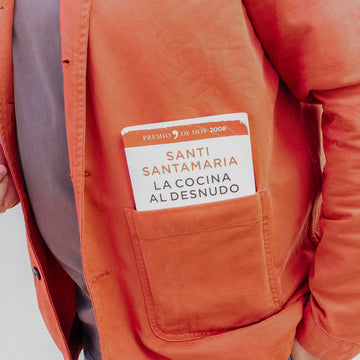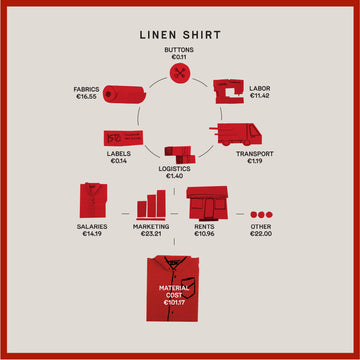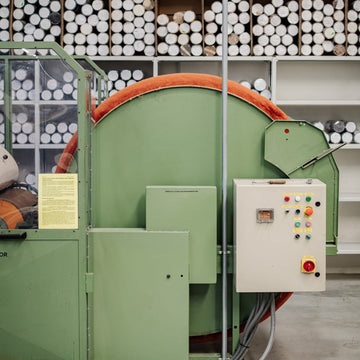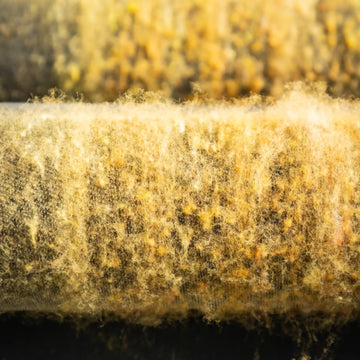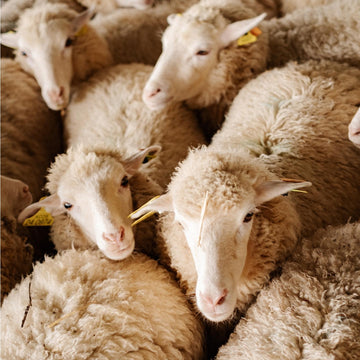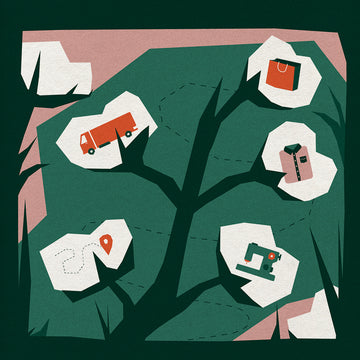
OUR IMPACT
Environmental and social responsibility is the cornerstone of everything we do. We strive to have a positive social and environmental impact by giving back more than we take. While there's still work ahead, our commitment lies in consistently making conscious decisions that benefit both people and the planet. Every single decision we make is rooted in the belief that high-quality essential garments shouldn't cost the Earth.
OUR MATERIALS
We don't settle for anything less than the best when it comes to materials. Our meticulous selection process ensures that we only use organic, natural or recycled materials with the lowest possible environmental and social impact, while prioritizing durability.
By choosing such materials, we believe we're fostering a healthier planet for generations to come.
GROWING TRACEABILITY
Transparency is key to accountability. That's why the majority of our products are already traceable, with our commitment to reaching 100% traceability in the near future. We used the knowledge of an external, third-party auditor to ensure partiality and assess the traceability and lifecycle assessment of most of our products, including how much water it takes to produce, their energy consumption and CO2 emissions.
Through our website and product care labels, anyone can easily access detailed information about the environmental impact of each item.
ANNUAL IMPACT
REPORT
The goal is to improve our processes, operations and impact continuously - year after year. We keep track of how we're doing by publishing an annual impact report, disclosing as much information as possible about our supply chain, so we, as a brand, and you, as a consumer, can keep track of our environmental footprint.
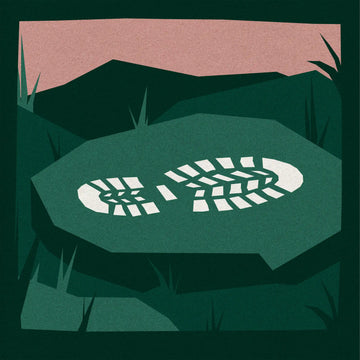
OUR PATH TO
ZERO EMISSIONS
We take responsibility for the carbon footprint of our operations. Since our inception, we've been offsetting all greenhouse gas emissions generated by our air shipments through internationally recognized projects dedicated to climate protection. But we won't stop there.
ECO-FRIENDLY PACKAGING
From our stores operations to the packaging that gets into our customers doorsteps, we're committed to reducing waste every step of the way.
Our in-store purchases are packaged in reusable bags made from recycled paper, minimizing single-use plastics with every transaction. For online orders, we also use recycled packaging materials and reuse boxes as much as possible, ensuring products arrive both safely and with the minimum possible impact.


AND SPECIAL PROJECTS AND RECEIVE 10% OF YOUR FIRST ORDER





